IF REVOLUTION IS A SICKNESS: A Conversation
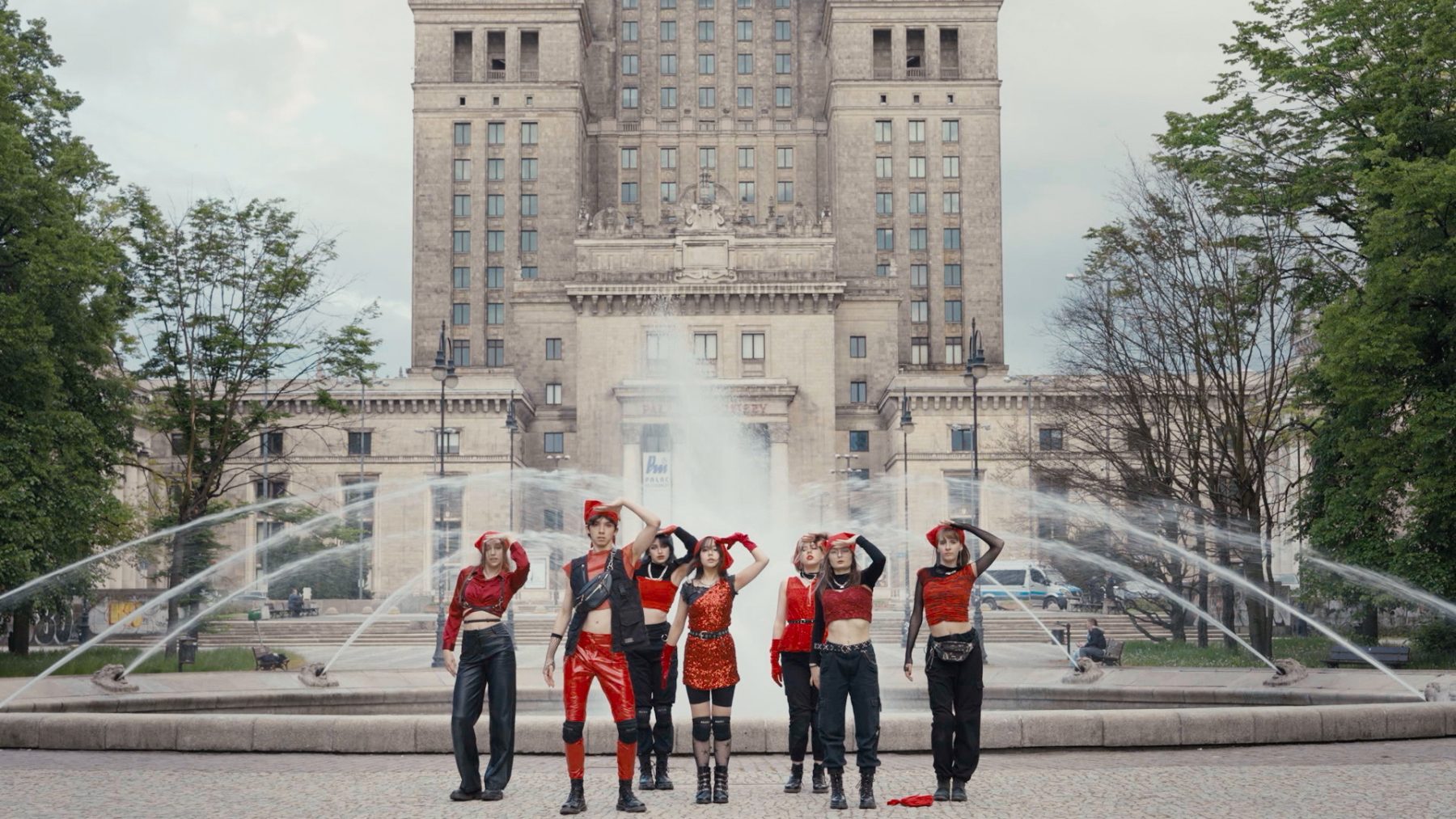
Diane Severin Nguyen is an artist working in photography and time-based media. Her first video, Tyrant Star (2019) layered landscapes of post-war Vietnam and included a performance of an American protest song from the bedroom of a teenager. IF REVOLUTION IS A SICKNESS (2021) picks up many of the same themes, yet articulates teenage identity formation as inflected by displacement, immigration, and pop cultural ambitions. The work centers on Weronika Nguyen (no relation), a teenager the artist discovered on social media, who becomes the protagonist of a film set in present day Warsaw and the star performer of a K-pop song and dance group. Before studying art, Diane Severin Nguyen’s background was in political science, and beginning in her youth, she worked in politics and activism. A starting point for IF REVOLUTION was an exploration of the evolution of her own political thought, and the conflicting feelings and paradoxes she contended with, and her eventual shift towards a visual practice. Working as an artist during the heightened moments of protest in recent years in Hong Kong and New York, provoked questions about how politics play out in the realm of representation. During the pandemic, Nguyen became fascinated with K-pop as a diasporic and imagistic form of expression. The setting of the work in Poland was inspired by a Vietnamese nationalist song her mother used to sing which included the lyrics: “Our sisters and brothers in Poland, land of Chopin, and Marie Curie.” She was interested in the second world Alliance between Vietnam and Poland, and how both countries have been sites of ideological warfare between the East and the West. The Northern Vietnamese diaspora in Poland became a focal point of the work. With IF REVOLUTION IS A SICKNESS, Nguyen brings together these geopolitical and aesthetic concerns into a complex set of relations that critically probe the possibility of self-actualization within top-down regimes of image production.
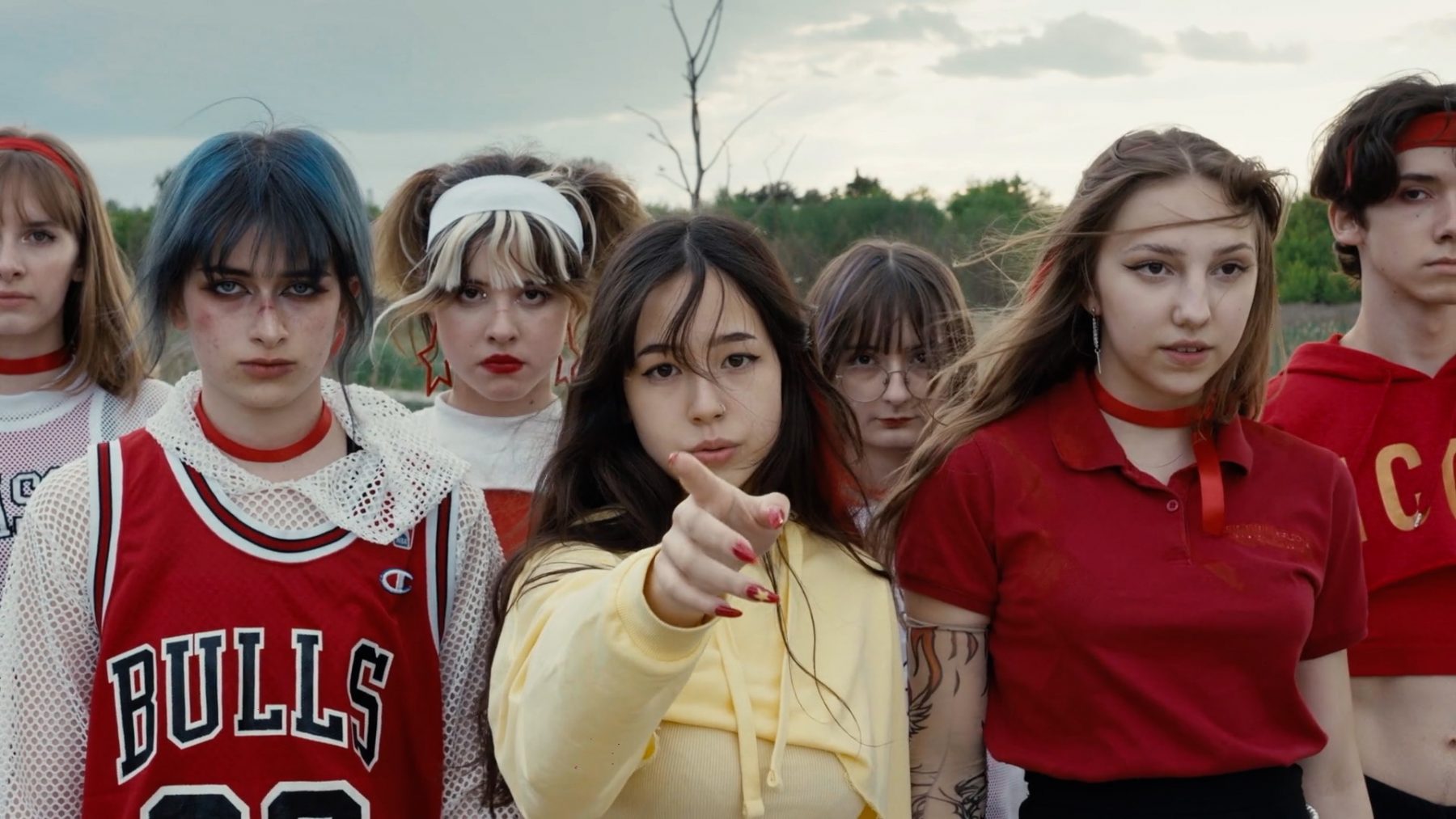
Aily Nash: In both Tyrant Star and IF REVOLUTION IS A SICKNESS there is a sense of historical and political trauma that is processed through a cathartic performance of pop music. And there’s the central figure who is, perhaps in some way, a stand-in for you?
Diane Severin Nguyen: Pop music is so interesting to me because I feel like such a victim to it. I think that’s important to me, to feel very complicit with the material that I’m working with. But it’s also a way for me to talk about the demands of representation, even as an artist, when an individual or culture’s suffering is meant to become a populist message. For better and for worse, a pop audience wants to cling onto something universal, a tabula rasa for self reinvention. Most successful pop songs are highly orchestrated by a large team of people and all those hidden layers can strongly affect me.
For Tyrant Star, pop music really represented this desire to be something beyond yourself, to leave behind painful historical baggage. I think Weronika, the central figure of IF REVOLUTION, doesn’t want to forget necessarily, but she wants to find a way to tell her story. Maybe it’s the only way she can actually assimilate to this place in which she feels so different from the rest. And she finds a group that encourages her, or co-opts her, depending on how you’re seeing it. They’re pushing her towards clarity, which gives her power, but the question becomes, on whose terms? There are things that you have to sacrifice in order to tell your story, and I wanted to speak to the melancholy of these acts of translation and exchange. In Tyrant Star, Mỹ Trinh is singing a cover of “The Sound of Silence” by Simon and Garfunkel, which operated as an American anti-war anthem in the 1960s. And while nothing about Vietnam is specifically mentioned, the Vietnamese are the peripheral subject to the existential conflict that’s being expressed. So using pop music in my films has also allowed me to interrogate the emotions of globalization, and how sentimentality has been built cross culturally.
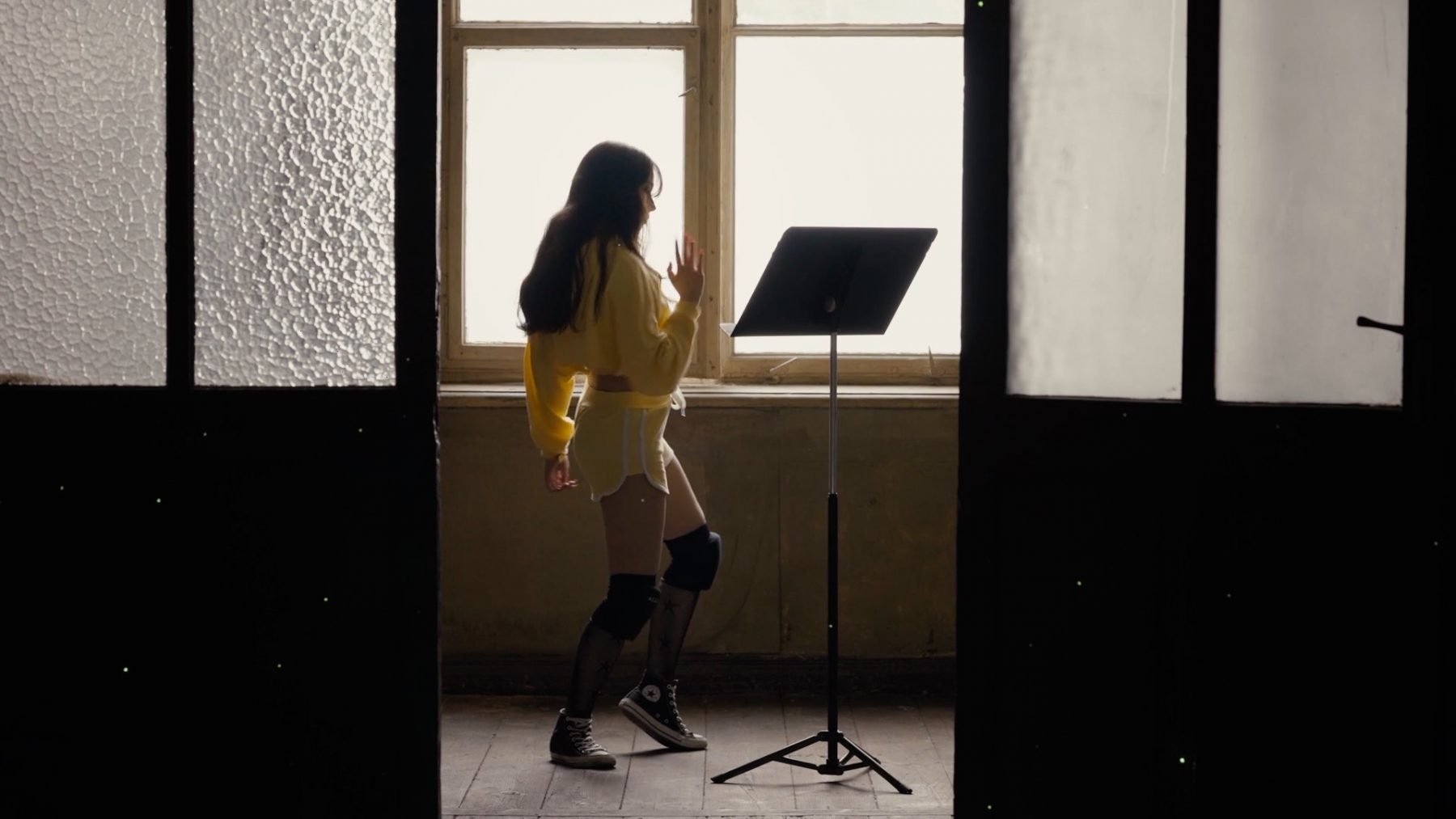
AN: I’m struck by your use of the word “victim”. You said that you’re a victim to pop music. And there is a line in the video, “If I don’t become an artist then I’ll remain a victim.” There is a double bind of being a victim of both the political history but also of capitalism. I’m also intrigued by how this role of victimhood inspires a sense of propulsion to create. Rather than being robbed of agency, it is an empowered position to respond from.
DN: I really see victimhood as an impetus to transformation. I think that I’m also being a bit critical of the part of contemporary culture that tries to make victimhood into some kind of atemporal position or identity. So I’m trying to use it in a way that creates the possibility of movement or change in the face of a force or a system that’s much larger than you, to address an urgency that’s formed out of this power relation. Victims also carry a deep seated fear of being misunderstood which I think reflects the impossibility of reconciling language and experience.
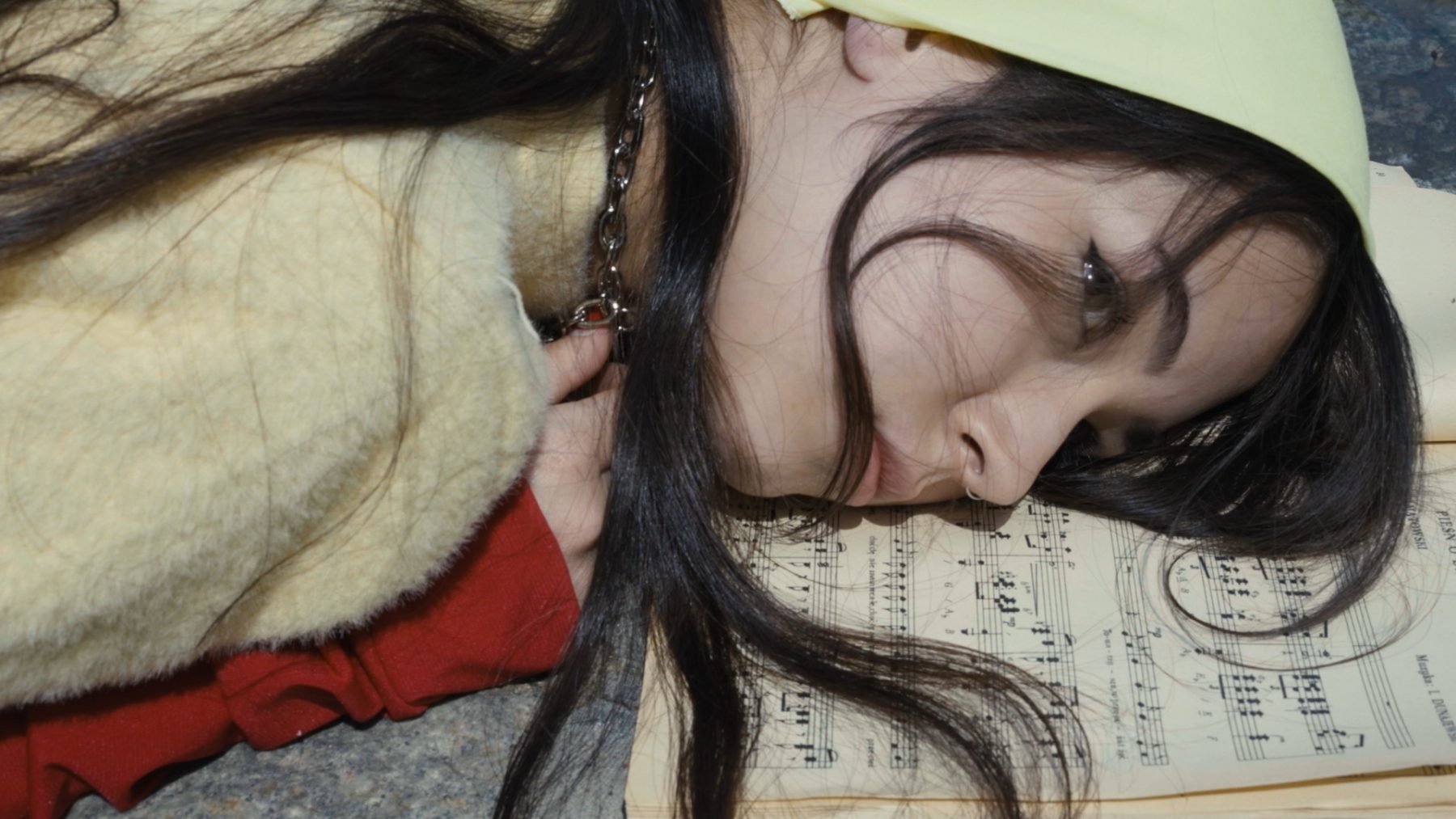
AN: In your BOMB interview from early 2021, you said: “Do I feel misunderstood about the political because I refuse the linguistic?” Can you speak about your desire to not be didactic through language about your political position?
DN: Because there’s such a regime around that, you know? It’s the regime of externalization. If anything, I’m pro-shadow in that I see the violence in exposure. It’s something I’ve thought a lot about, especially with the Vietnam War, and my research on the images made during that time period before any of these projects took place. In 1959, Agent Orange was invented, and in that same year the Nikon F camera was released, which was a huge development in 35mm technology that allowed journalists from the west to document the Vietnam War at an unprecedented speed. Both were technologies of exposure, ways to see better and see more. Agent Orange defoliated the land, stripping down 4.5 millions acres of forests for perspectival advantage. It was absorbed by the soil, and many, many bodies have been, and still are, affected by this act of chemical warfare. So I think a lot about how these optic technologies shape our bodies through time, and what does seeing more actually do for us? I think there’s something to be said about the Việt cộng evading this exposure by digging a network of tunnels, by having an advantageous intimacy with the landscape through darkness. Ultimately, this was the same landscape that Western forces could not conquer despite having vast technological and material advantages.
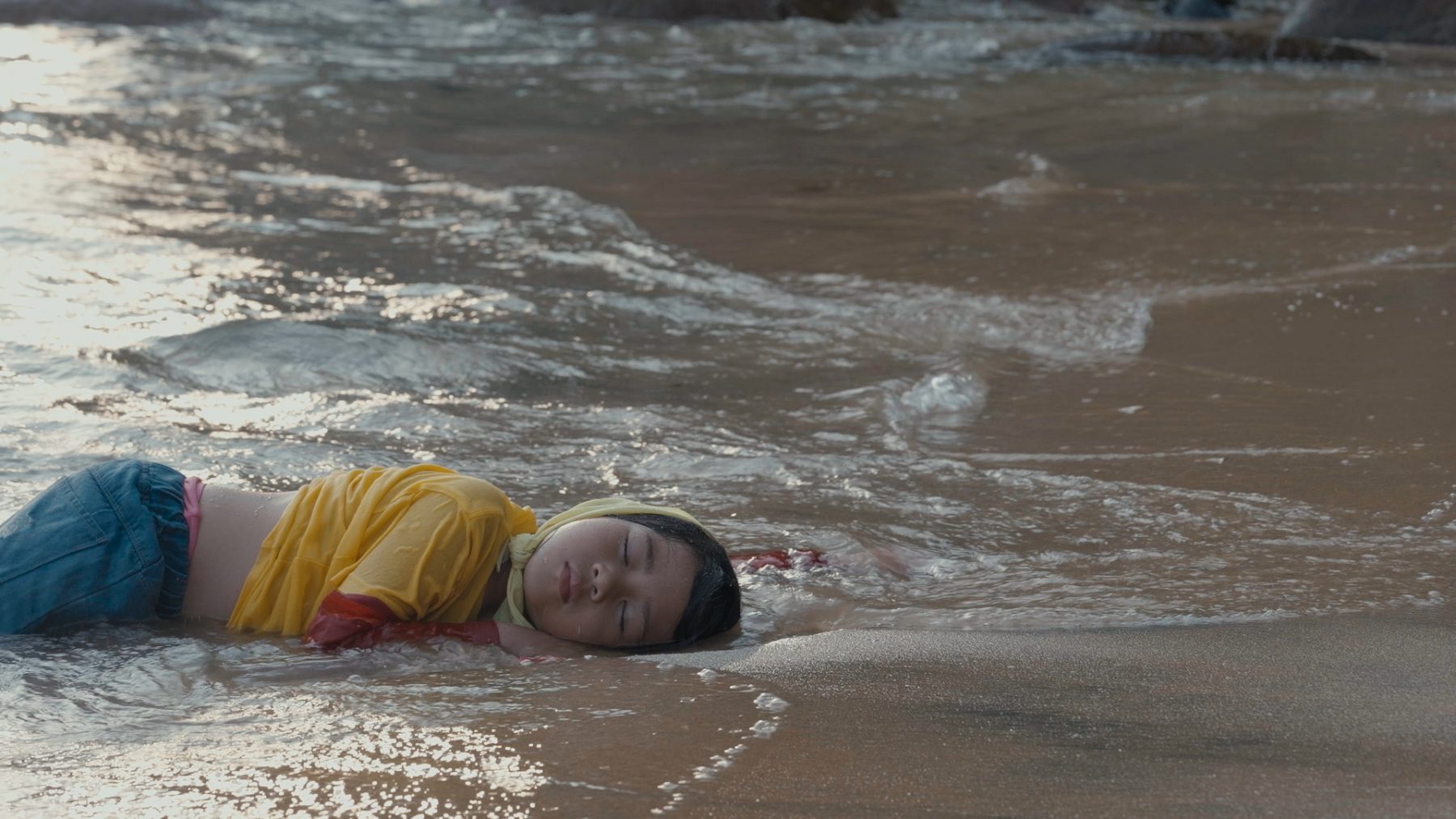
AN: Teenage-hood is such a prominent theme in both of your videos. What is the connection between this time in life and a revolutionary spirit?
DN: I think there’s something about the structure of teenage-hood that makes you feel so trapped. It’s a time of in-betweenness. And you can really get swept away, as I did, when you’re searching for things to identify with. I’m very interested in teen culture, and the kind of angst and insecurity of everything. Probably all revolutions, in a way, have been fueled by teenage spirit, because there is a different relationship to authority at that time in your life. And the power that you have is mainly soft power, but that’s really where it all begins. The way teenagers dress, the things they touch, what they listen to, how they’re trying to claim identity through the most minute gestures – I don’t think these things should be disregarded. Teenagers are so malleable and yet they have so much conviction.
Thinking through what formed my own supposedly leftist politics was such a big part of starting this project. What are the canons of revolution? Where did I begin? And how do I, again, feel like a victim to these ideas and figures in the way that I’m a victim to pop music? What does it mean that Ho Chi Minh was educated in France? For the text, I adapted language from Ulrike Meinhof’s prison letters, Hannah Arendt’s On Revolution, Mao Zedong’s Little Red Book, Edouard Glissant’s Sun of Consciousness, and a number of Polish poets like Czesław Miłosz. It was a way for me to trace overlaps and contradictions between different leftist icons. Forming a dialogue out of these disparate voices helped me parse through my own ideological inheritances, and how they might generate an inner dissonance.
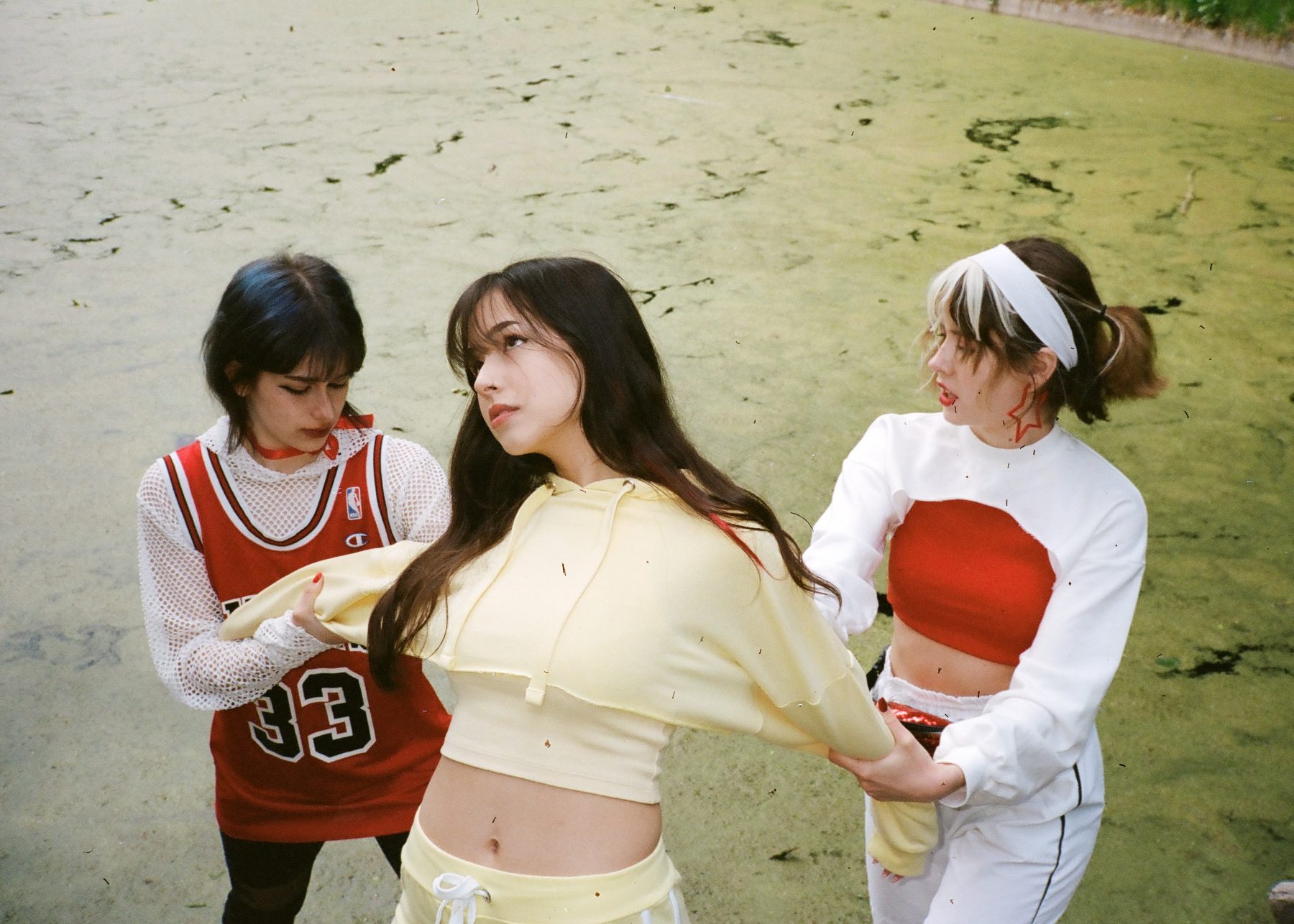
Image credit: David Misiorny
AN: From previous conversations we had about your research methods, they seem to enact the world you’re interested in representing. What I mean is that the way you found Weronika and the other teens was through the same social media space that they are participating in and representing themselves on. A space in which they’re already making themselves visible and accessible.
DN: Yeah, they are already subjects that want to be seen and photographed. I found Weronika Nguyen, the main character, on Instagram. Her profile was mainly selfies, but in a kind of mysterious and filtered way. All the other Polish kids had pages for their K-pop crews, actively posting dance cover videos and fandom content. So the K-pop was already inscribed on their bodies. Weronika exists in Poland because of very specific historical circumstances, and the Vietnamese in present-day Warsaw are a significant minority living under a right wing regime. K-pop tends to be more popular in countries with Communist backgrounds. None of this is fictional, it’s all there living and breathing, and yet I can definitively say that this was not a documentary.
It became more about entangling myself with their desire or desperation, the thing they’re trying to move towards as fans. I like staying in the realm of the amateur, even with production and technology. It’s not because I’m trying to be democratic or enact a poor image. It’s more about intimacy and striving, putting the pressure on transformation. It’s productive for me to take away the intellectual authority of exposing or revealing, and I’ve started to realize this is more of a formal challenge than even a conceptual position. With the photographic technology we have at hand, it’s actually easier to default to a space of capture, or empiricism, and express a perspectival advantage. Going against that isn’t about pointing out the apparatus, or evoking a disillusionment with the image. I think that’s too easy and doesn’t speak to how we actually identify with images, how they transform us. I think the teens are already doing what I’m trying to do, by staying so much with the illegitimacy of fandom, by creating their version of a reality that will never be truly accessed. The risk as an artist for me is to keep acknowledging the desire to make anything at all, where it comes from, and how there’s no particular virtue in it. I felt a lot of vulnerability with Tyrant Star. I didn’t want any kind of certain truth about Vietnam accessed through my identity, as if I have the authority, as if that should evoke sympathy. So in a way, the second film was a response to the first, to my own journey as an artist and the ambivalence that expands.
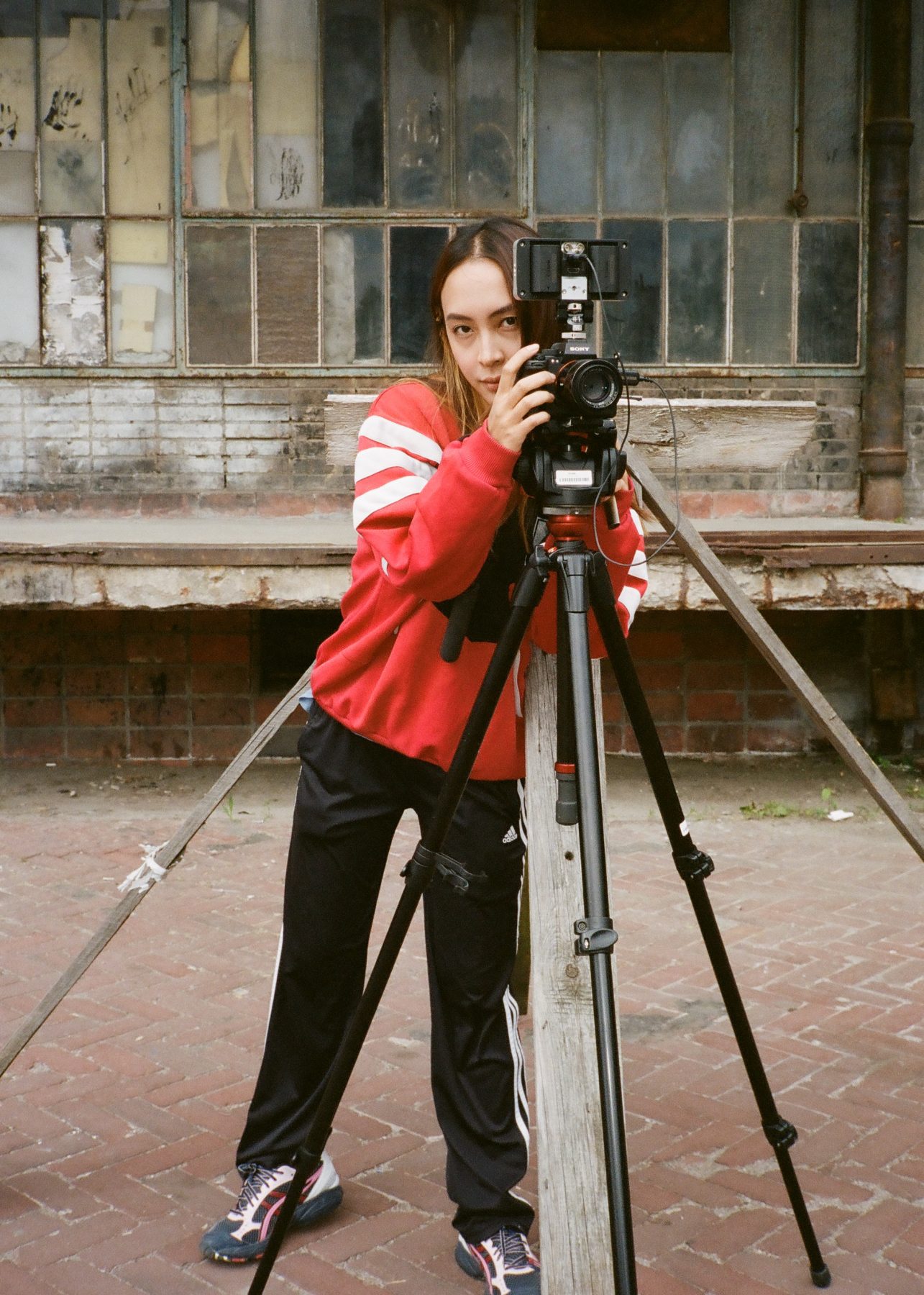
Nguyen photographed by David Misiorny
AN: This is reminding me of Irit Rogoff’s “Becoming Research”. She emphasizes that the research should strive to take on the affect of the content itself, and that feels relevant to your insistence on this intimacy as a way to locate the transformation that occurs through the image.
DN: And it’s also about letting go of things. Of course there’s a lot of knowledge that’s accumulated as you’re delving into something, but it’s also about letting it go in order to actually achieve a different kind of access for the viewer. You let go of this empiricism, the ego of your access, and, in a way, you exchange it for aura. The research method is really just me asking myself, what is the deepest limit of observation that I can have? And because I work with a camera, these limits are forever exteriorized, and burdened to an outside world. Images remind us of other images. They have forms and surfaces that can communicate beyond any original intent or prior knowledge, or they can validate what we already feel. So I try to create as much room as possible for a conversion to occur within the limits that are there. The limits are really vital to the scale of change that can occur, that’s how I think about politics. And one limit that’s always there for me is the very sanctity that is given to the artist or the researcher.
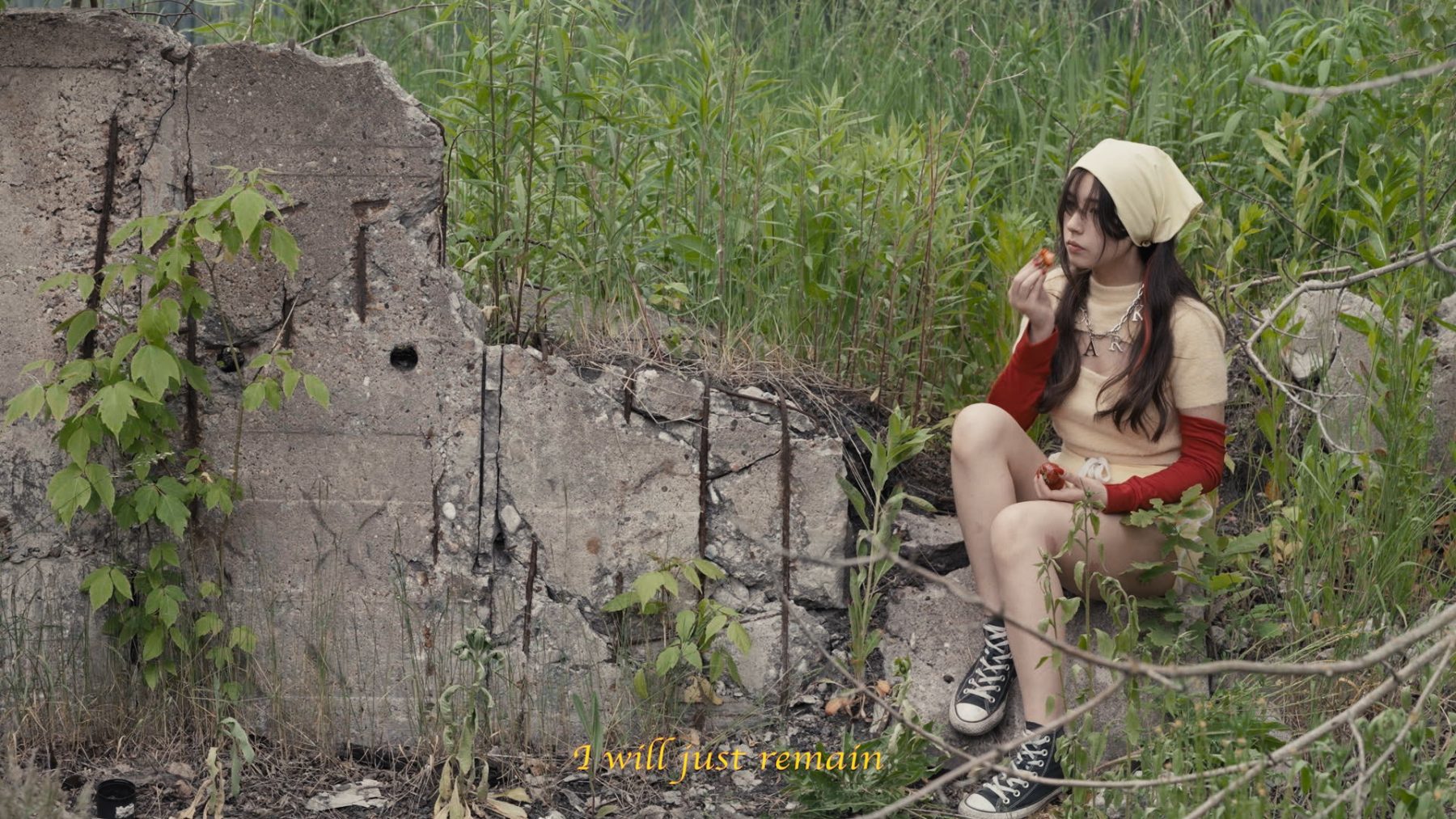
AN: As we were speaking about before, instead of an explicit linguistic position that you’re resisting representing in the work, you choose to express the political content in more affective or auratic ways.
DN: Yeah, exactly. And I think it’s important to emphasize that the non-linguistic does not necessarily end in formlessness or the destruction of form. I just believe that modes of access have affective components to them as well. For instance, there’s this sort of Western Cartesian logic I’m always trying to critique, where the camera becomes a tool of knowledge making, marking the coordinates of an Other, or even ourselves. I guess I’m speaking to the frameworks of capture and claiming the Real, and how it might be substantiated by different aesthetic strategies, like using a shaky camera or taking a panoptic perspectival wide shot to assert unmediated access. It’s not always so straightforward, the emotional architecture of belief. But I’m interested in images that maybe want to go beyond belief, and towards something speculative. I want there to be a way to communicate political urgency that’s more than just about being exposed to the ugliness of the world. So I think through the kinds of images in which artifice and beauty are intentionally interwoven and to what ends.
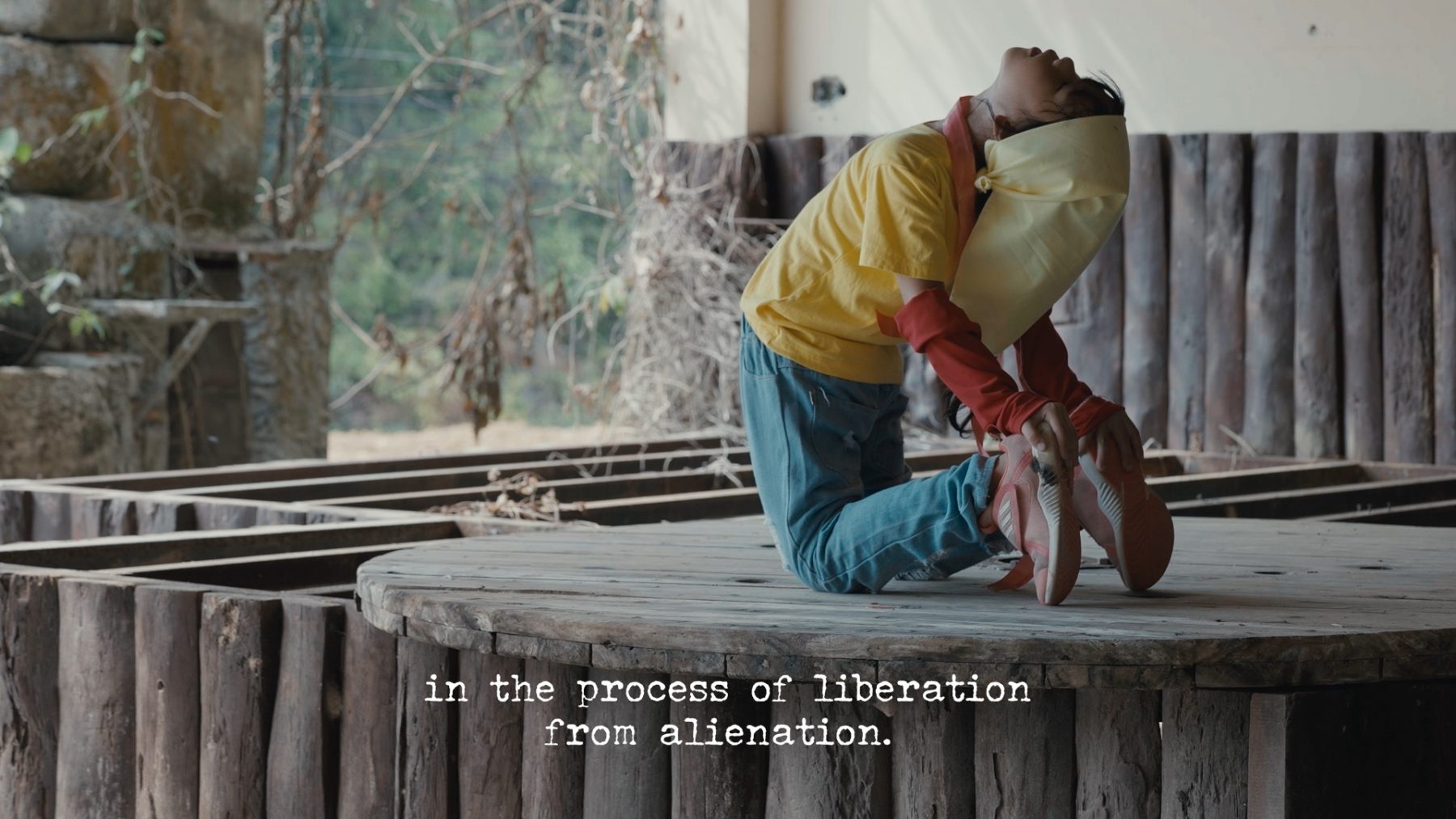
AN: When you visited my Cooper Union class, you spoke about memes and how they hold two opposing point of views simultaneously — this idea of meme as method.
DN: Totally, I think it’s not something I was consciously setting out to do, but as I was putting text over the video and dealing with the image I was like, “oh yeah, this is what I’ve always been doing.” The text and the image and even the sound, which is very non-diegetic, are not necessarily in service of one cohesive reality. Their contradictions are what narrate the work. Unlike a window into another reality, or a postmodern mirror in which our own self construction is revealed to us, the meme as photograph allows us to hold multiple realities and vantage points in one image. Not only is there an inherent awareness of its circulation and corruption from a native source, a meme encourages re-writings and amendments. There’s an interchangeability and mimesis that’s very K-pop-ish, but also, the leap I want to make is that it’s also very much like the movement of diaspora. It’s like keeping in mind some idea of a native homeland and simultaneously, the movement away from it, and your re-writing of it. We’re always holding the potentiality of entirely different lives that could have been lived.
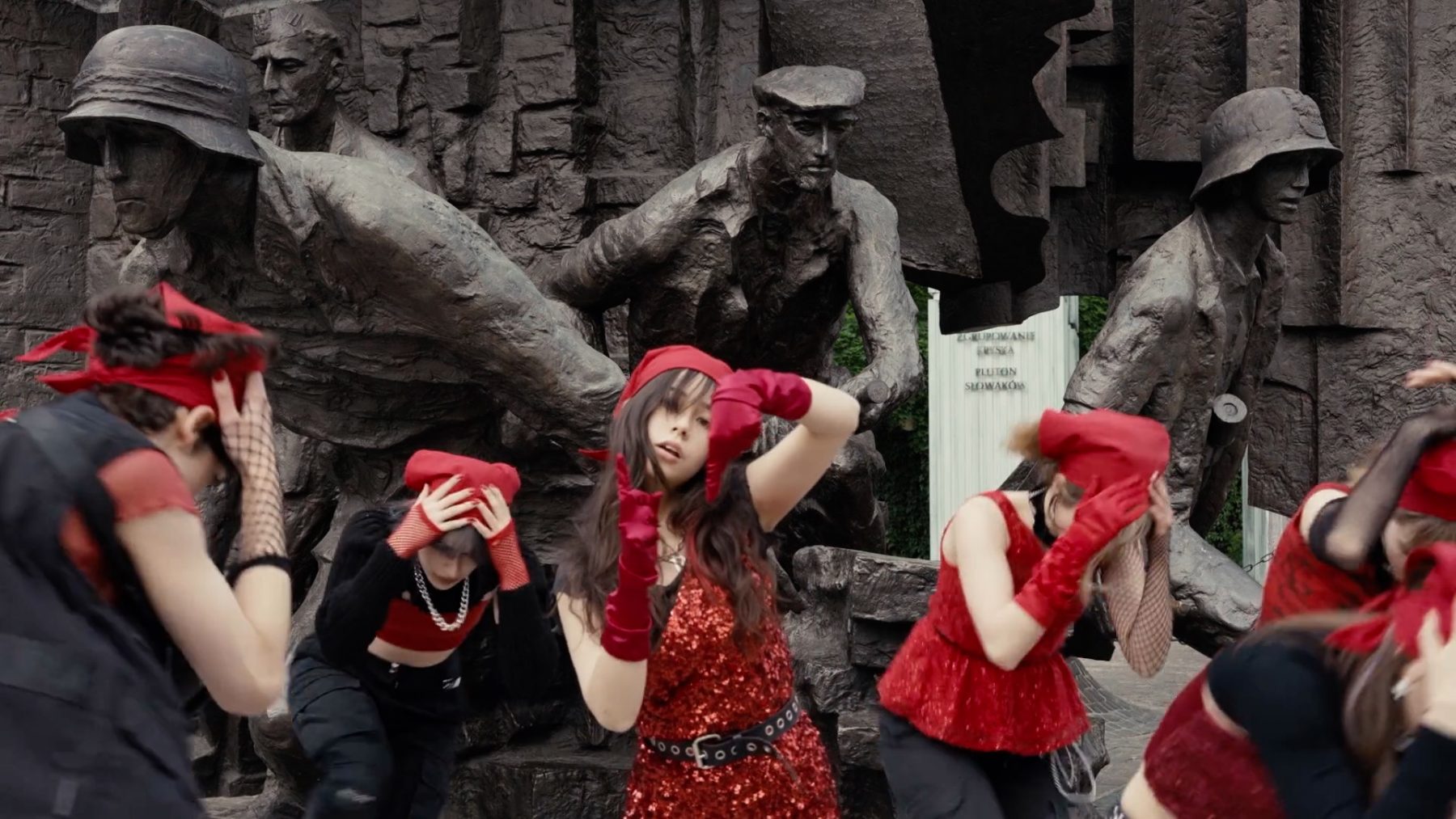
AN: Your compositions have such a strong relationship to your photographic practice. There are many shots in your video that are self-contained compositions, functioning as if they’re a still image. That way of composing and structuring various shots within the montage is related to music video language as well, where in addition to the main figures dancing and singing, there are B-roll detail shots that are frozen moments in time that emphasize specific textures. They almost function to go deeper into the character, like a descriptive aside one might find in a Victorian novel. This feels related to what we spoke about with memes and of alienating objects from their contexts.
DN: Something that is very important, that I’m always trying to hold in, is the idea of simultaneity. I really believe in simultaneity. And I think I fleshed that out with Tyrant Star, where I was trying to depict these simultaneous realities through the co-existence of generational traumas. There’s a leveling that occurs through the process of filmmaking, just as much as there’s a hierarchization. I don’t write a script beforehand, so those movements build a connective tissue between the major and the minor, the seen and the unseen. One type of transformation I’m drawn to is how an image becomes a symbol, and vice versa. It’s about the scale shifting of importance, of how something material or asocial becomes mythologized or turned into a collective emblem. Or how symbols can get totally emptied out into the flesh of our world. I love your reference to the Victorian novel, because it was these descriptive forays and the way that they punctuate the textual whole that speak to the realism of the era, the political re-imagining.
When they were drowning those 1989 balloons — that was just an intuitive idea which I thought was kind of funny, like a joke about parties and crushed hopes. Of course I came into the project very taken by the immense gravity of 1989 in relation to the Berlin Wall but also Tiananmen Square. The year itself represents something very traumatic for a lot of people. But later I remembered that Taylor Swift also has an album called “T.S. 1989” and then found out that it was banned in China, just because of the title. She had no idea. Because all these timescales do co-exist, and the discrepancies themselves mark something important. I think that’s why I risk sometimes appearing a bit heavy handed or superficial to bring in these huge political ideas and events, but also give so much attention to things like strawberries and spiderwebs. So these symbols have so many readings and levels of heaviness to them all at once. Sometimes they’re just images. And maybe it’s okay to go there.
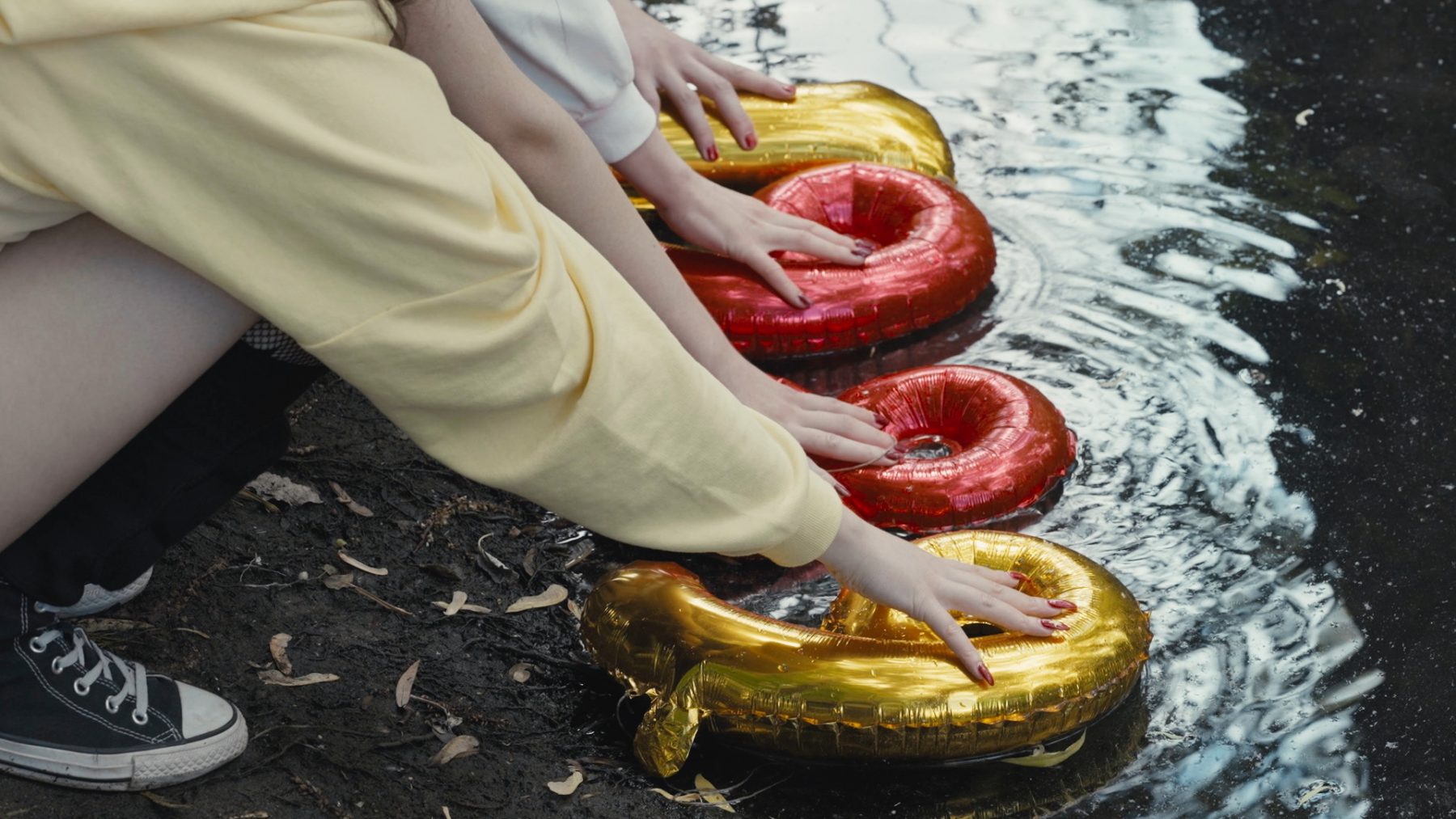
AN: What you’re saying in regards to simultaneity speaks to another question I had, the way your videos have various registers of meaning. The cliched use of dilapidated industrial spaces in music videos remains ubiquitous because it signifies an edgy and grungey aesthetic. The K-pop portion of IF REVOLUTION takes place in that kind of space, so it could be read simply as borrowing this trope. But at the same time, I know that so many of the sites you use in Warsaw have hyper-specific historical contexts and have distinct resonances in terms of Warsaw’s industrial past as it relates to the broader geopolitical realities you’re alluding to.
DN: It’s funny because when I was watching a lot of the K-pop videos, I was like “wait, Seoul was mostly re-built post-war, so where do they find these dilapidated architectures?” If you imagine rooms that are falling apart, faded pastels, concrete brutalist shapes, graffiti, but also giant crystal chandeliers – it evokes a really specific rebellious attitude and also some kind of political failure. Eventually I discovered that a lot of the videos in the early days were being filmed in Russia and Ukraine, where these features actually exist. And for a country like Poland, and for all countries under the fall of Communism that had to start over, it has a lot to do with rewriting history, which also means censorship. Warsaw is a city with endless monuments telling very specific national narratives. And just watching the teens rewrite themselves with this Korean media, to see the East romanticizing the East in both directions makes me question what it is that’s trying to be recuperated. So I chose really specific monuments or sites of narrative conflict. The teens dance in front of a socialist realist monument depicting the Warsaw Uprising of WWII. I filmed at the Jewish cemetery which has been around since the early 1800s and eventually used as a site of mass execution by the German occupation, and then somewhat restored back again. The Palace of Science and Culture is heavily featured, which was a contentious gift to Poland from Stalin. They’re not subtle locations if you’re familiar with Warsaw, but they also function like most national emblems, which can begin to feel civic and banal over time, until they are contested by a different narrative. But again, it was never about having direct access, but maybe creating space where the use of the dilapidated as a backdrop for art can be brought into question.
Trailer : IF REVOLUTION IS A SICKNESS (Diane Severin Nguyen, 2021)
Co-commissioned and produced by SculptureCenter, New York, and the Renaissance Society at the University of Chicago.
CREDITS: